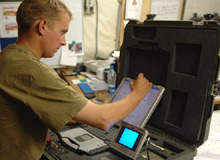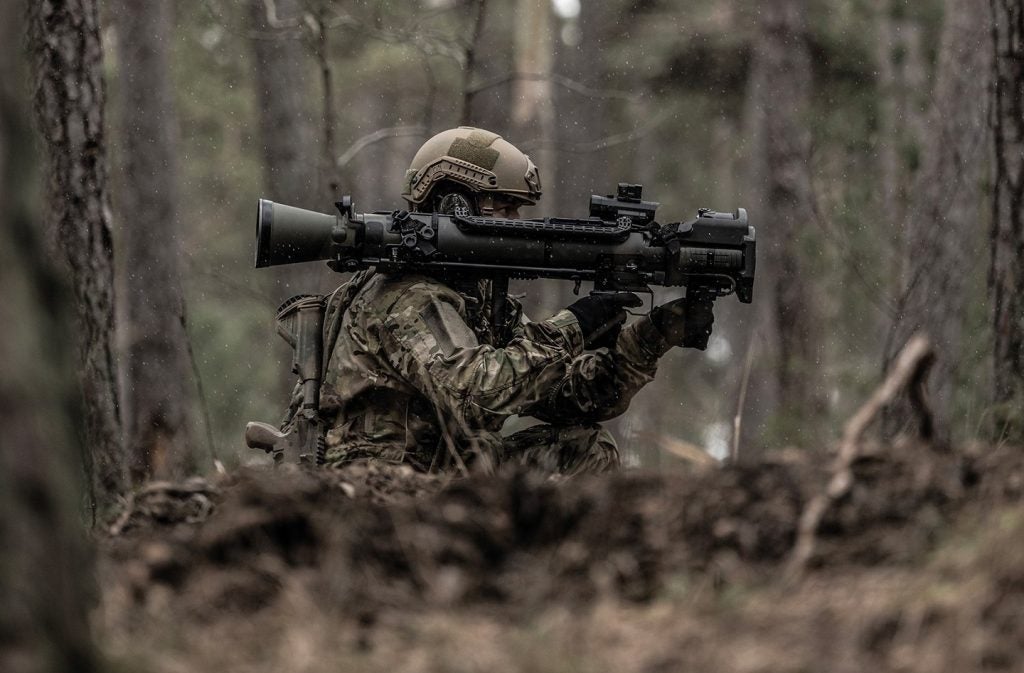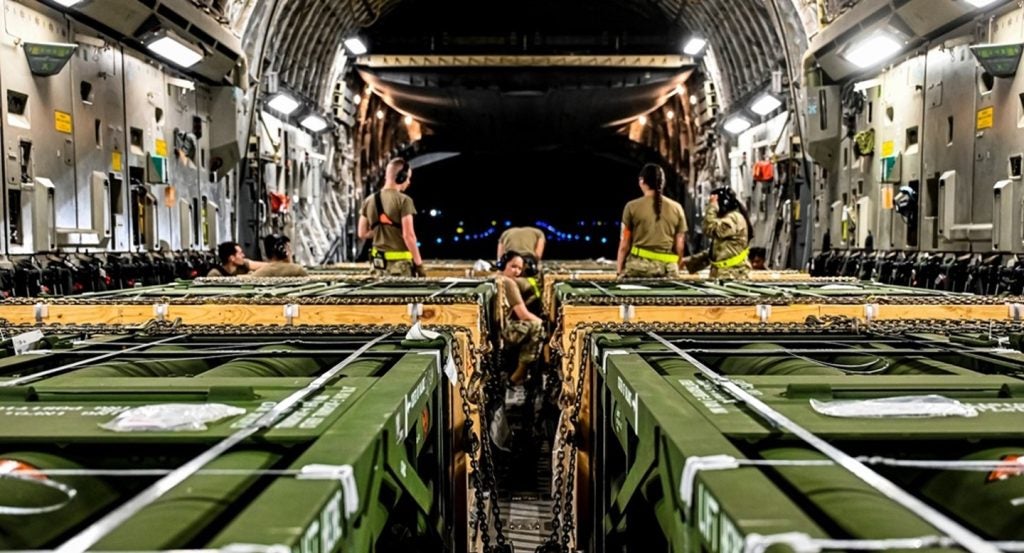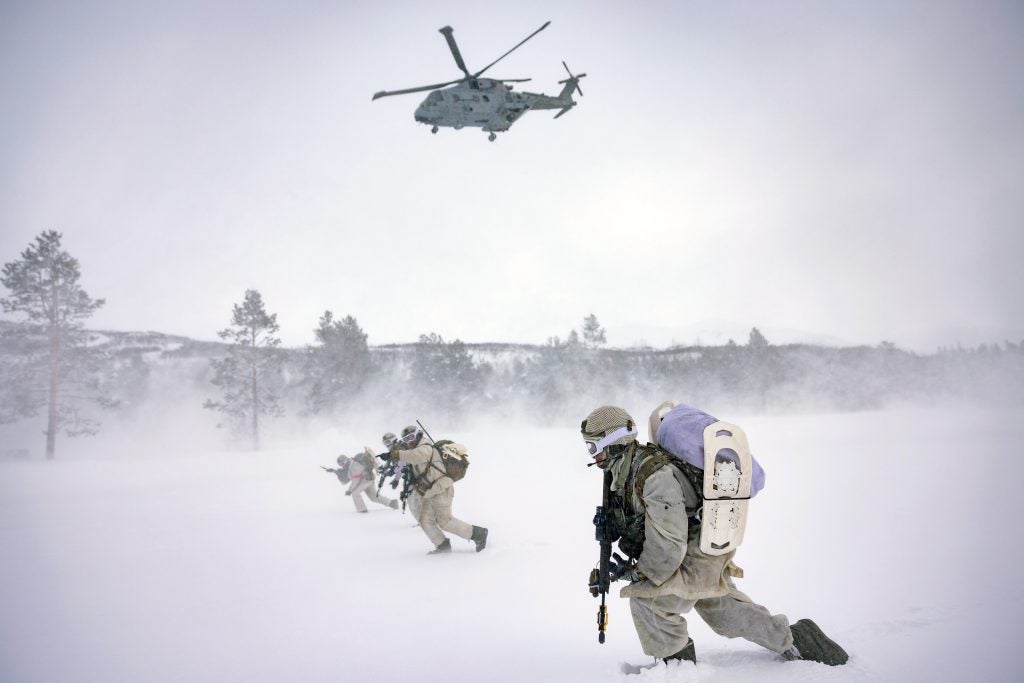
The sharp repercussions that can occur from introducing new technologies within military operations mean that thorough forward thinking is required when embarking on any procurement programme. Identifying this, the UK Ministry of Defence’s recent procurement change programme is aimed at optimising the organisation’s technology acquisition strategies. Alex Hawkes talks to Colonel John Whitby, assistant director requirements of Solutions Directorate – a new organisation within the MoD, to find out how.
Alex Hawkes: I understand the director general information systems and services (DGISS) is responsible for the acquisition of information services to defence, so what will the role of the Solutions Directorate be within that process?
Colonel John Whitby: The MoD’s information systems and services (ISS) organisation is currently implementing a change programme designed to improve coherency during the acquisition and delivery of information services. As of April 2009, a new organisation called Solutions Directorate will be introduced that will focus specifically on the more effective delivery of CIS services to our customers, such as the front-line commands who lead the front-line, war-fighting effort. The existing integrated project teams (IPTs) will be led and directed by the new Solutions Directorate.
All requirements will come to my team and we will check that they are aligned with the current portfolio of services that ISS provides. Often we may have to adapt or expand an existing service to provide part of the solution. Essentially then, Solutions Directorate will give a single strategic overview of ISS’s ongoing or future CIS projects, thereby allowing IPTs to understand and prioritise resources.
AH: How does this framework allow for the differing time periods required for new solutions to be introduced?
See Also:
CJW: There are no set timelines as such but once the MoD is in agreement that a capability is needed, the rough order of magnitude costing is the first step forward. Before putting together a funding profile, we must establish what is going to be required and roughly when it will be introduced. This concept phase is then refined by establishing the different delivery options for a solution.
How well do you really know your competitors?
Access the most comprehensive Company Profiles on the market, powered by GlobalData. Save hours of research. Gain competitive edge.

Thank you!
Your download email will arrive shortly
Not ready to buy yet? Download a free sample
We are confident about the unique quality of our Company Profiles. However, we want you to make the most beneficial decision for your business, so we offer a free sample that you can download by submitting the below form
By GlobalDataWhen troops are deployed on operations, requirements become more urgent and must be delivered within six months. The requirement and supporting business case must be established rapidly to provide maximum time for acquisition. Where there is an IS aspect to the solution the challenge is to ensure compliance with the existing architecture and effective test and release onto operational networks.
AH: How does the MoD go about identifying possible technologies for its operations?
CJW: The chief scientific advisor leads the MoD’s research effort and this provides the technology input to the equipment programme plan, which has an annual planning round. In general, equipment cost goes up with inflation and budgets are revised though a mechanism of savings and enhancements.
Part of that planning round includes research in support of the equipment programme plan, which is adjusted to reflect changing priorities and new technologies.
Some direct research is conducted to support acquisition of some of the long-lead items. So very early on, we try and de-risk acquisitions by developing concepts and understanding of the technologies involved.
But I think it is fair to say that over the last 15 to 20 years, our research efforts have reduced as we have become more reliant upon the commercial sector’s efforts, which now is tending to drive technology in the IS area much more than we are.
AH: Would you say defence is increasingly opening up to commercial solutions when it comes to information technology?
CJW: Indeed, and personally, I suggest that fairly frequent collaboration between the MoD and information technology vendors helps encourage understanding of the leading-edge technologies that can be exploited.
For instance, the coalition warrior interoperability demonstration (CWID) is the deputy chief of the defence staff’s (equipment capability) annual technology demonstration and field trial to identify and deliver future military capabilities made possible by network-enabled capability (NEC). Funded by the director of equipment capability control and information infrastructure (DEC (CCII)) and research programmes, it supports a unique programme between the MoD and industry. It provides a realistic national, joint and coalition environment; working with the United States, Canada, New Zealand and Nato partners.
The event is used to identify capability-gap solutions, de-risk equipment programme projects, identify innovative opportunities and inform future research and development projects and initiatives and is the best example of how vendors and the MoD maintain contact. It drives a lot of what we then put into operational theatres.
AH: Is it therefore fair to say the MoD’s collaboration with the commercial sector is becoming increasing important?
CJW: What we are increasingly doing now is contracting either individual companies or consortiums for a service, rather then simply purchasing software or hardware. For instance, the defence information infrastructure is an ongoing contract we have at the moment with Atlas – a consortium of companies that is encouraged to offer us new capabilities that exploit technologies and will deliver a common information infrastructure across the whole of defence. This accounts for over 150,000 terminals for the army, navy, air force and civil service.
In response to our emerging requirements, we are currently in the process of beginning to contract out the delivery of logistics information services. This requires taking a wide range of highly discrete, bespoke and incoherent aging legacy systems and contracting them out to a service provider which will streamline them and replace technologies where required.
AH: Do you have a specific example where such a shift in technology is taking place?
CJW: Some of our old technology is based on an old hub and spoke principal [where devices in a network all connect to the one point such as a local area network (LAN)]. New commercial technology has come along that instead uses a mesh network [which means that every node or at least some nodes can have a circuit connecting to all other nodes in the network] which has a lot more redundancy. This means you can lose parts of the individual network without upsetting the rest of the network.
We can use this on a URL basis [for web-based applications] for theatres such as Afghanistan and Iraq. In Iraq we have contracted out a wholly commercial solution for five years which will finish once the war fighting phase has ceased. It brings the most commercially up-to-date technology with a higher quality of service which is more measurable [to our IS operations there].
We have had contractors out in Iraq to support the project, which allows us to benefit from their level of expertise. However, because of the operational and challenging nature of the environment there, the contractors are not always able to be deployed and therefore we also have to carry out training and provide a fall-back situation which allows soldiers to come in and take over if required.
AH: Obviously any project funded by the MoD will have clear business benefits and must be able to support intelligence operations, future acquisitions and training. But how easy is it to assess the risks surrounding the introduction of new technologies?
CJW: If technology can improve the way our business operations are supported then we need to make a decision between taking a proven technology on fairly low risk or waiting a bit longer to take a slightly higher-risk emerging technology. Routinely, the problem we find is that leading technology in the commercial world may not fit our requirements.
The most typical area is security, which we have a much higher requirement for then the commercial world. For example, there is probably a reasonable demand for a handheld IS function within the MoD, but unless we can have an effective security function on that platform, we cannot use it.
I think there is always going to be creative tension between one group looking to exploit leading-edge technology and another group that has to deliver that capability within the constraints of operations. There are a lot of factors to be considered before you can do a straightforward solution pull though. Our research team have to look at technology readiness levels so that they are able to understand its maturity level and therefore introduce the solution at the right time.







